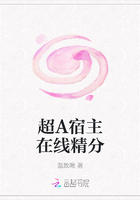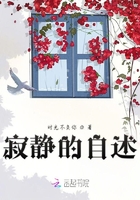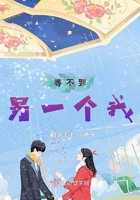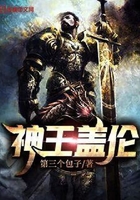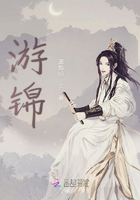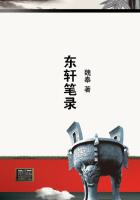The tortoise is the only mascot that is a real animal. It has the longest life among all animals, so people regard it as a symbol of longevity. Because of its longevity and experience, people think it has the ability to predict the future. In ancient times, people would use the tortoise to practice divination in serious times. Based on the cracks in roasted tortoise shells, people would divine good or ill fortunes. Therefore, the tortoise is also known as the “divine tortoise” or the “sagacious tortoise.” In the past, the tortoise was extremely respected. Tortoises made of stone or bronze could be found in imperial palaces, the houses and tombs of ancient emperors, to symbolize the lasting fortunes of the country. The names of many people also include the character “tortoise”. Tortoise-shaped official seals appeared in the Han Dynasty (206 BC-220 AD), and tortoise-shaped tallies appeared in the Tang Dynasty (618-907). Different materials such as gold, silver and bronze, indicate the different statuses of people wearing ornaments. “Gold Tortoise Son-in-Law” refers to a husband with a noble identity. However, after the Tang Dynasty, the tortoise’s reputation began to suffer somewhat. If a wife was unfaithful, her husband was called a “tortoise” (“cuckold”).
In addition to the four supernatural creatures, the crane and deer are also mascots which embody good wishes. In civil society, people think the crane is a fairy bird, and the deer is an auspicious animal. The ancients believed: if the emperor could manage state affairs in the right way, and establish a logical administration and a harmonious people, a white deer would appear. The pronunciation of “deer” is the same as that of “Lu” as in “Guan Lu”. So it frequently appears in the picture of “the god of fortune, the god of prosperity, and the god of longevity”. Most Taoist immortals used cranes or deer as their mounts. The crane is beautiful and elegant, and gentle. “He Ming Zhi Shi” refers to a person who preserves his or her moral integrity and noble character; “He Fa Tong Yan” refers to an old person in good health and enjoying longevity; “Jia He Xi You” means the death of an old person. The combination of crane and pine can be often found in traditional paintings, because both of them symbolize longevity. Auspicious animals also include magpies announcing good news, and toads representing wealth. “Fish” has the pronunciation “Yu”, so it is perceived as a symbol of wealth. There must always be fish at a New Year’s Eve dinner.
Auspicious plants include: the pine, bamboo and mume flower, which are called the “Three Friends of Winter”; mume flower, orchid, bamboo, chrysanthemum, are called the “Four Gentlemen”. Throughout the winter, the pine remains evergreen; the mume flower defies frost and snow; the orchid is quiet and beautiful; the bamboo is firm and tenacious; the chrysanthemum is simple and elegant. All of these are symbols of a noble character, and also common subject matters used in the works of poets and writers. The locust tree represents official status; the orange tree has an auspicious meaning; the pomegranate tree symbolizes the blessings of children; the Chinese flowering crabapple symbolizes harmonious brotherhood; the lily also known as “Song Zi Xian” means “a harmonious union lasting a hundred years”.
Among auspicious utensils, the most famous is Ruyi, a room ornament and a symbol of good luck. Ruyi originally had a practical meaning. But it is inconclusive in terms of concrete forms. Some say it is a tickling thing; some say it is a scepter used by ancient officials when meeting the emperor; some say it is a musical instrument used by monks. Later, Ruyi became a utensil purely used for fun. Because of its auspicious name, Ruyi is often given as a gift. Ruyi is often combined with other things to express an auspicious meaning. For example, if Ruyi is put in the middle of two persimmons, it means that “everything has come off satisfactorily”. If it is put together with cypress and persimmon, it means “good luck”. If it is put together with persimmon and evergreen, it means “good luck in everything”.
The Chinese pay a lot of attention to the concept of luck, especially good luck. Attaching importance to life and pursuit of longevity and general well-being, are the eternal themes of Chinese mascots.







